Taur Ar'Argara
Harud in Ar Gevara! Hegeh at Cesen hall! Ih Hagar! Ih ahe Hish! Gin hanar Karagrae!Specters of a primordial world. Those between animal and man. The Taur. In a world filled with creatures, many would consider "abnormal" the Taur hold a special place. Those seeing them as mere animals or myth can only be described as fools. Fools that could easily find themselves killed by their ignorance. Note! Anything you are about to read has been combed together from thousands of different sources. Anything from tales and myths to eye-witness accounts and from all eras of the world has been included. The accuracy of most claims cannot be guaranteed. This has not stopped the author of this piece from presenting everything as fact, however.
Rise tribes of Gevara! United against the Desecration of the Earth! Children of Hagar! Children of Hish! Smite the Spawn of the Malady!
A Hundred Kinds
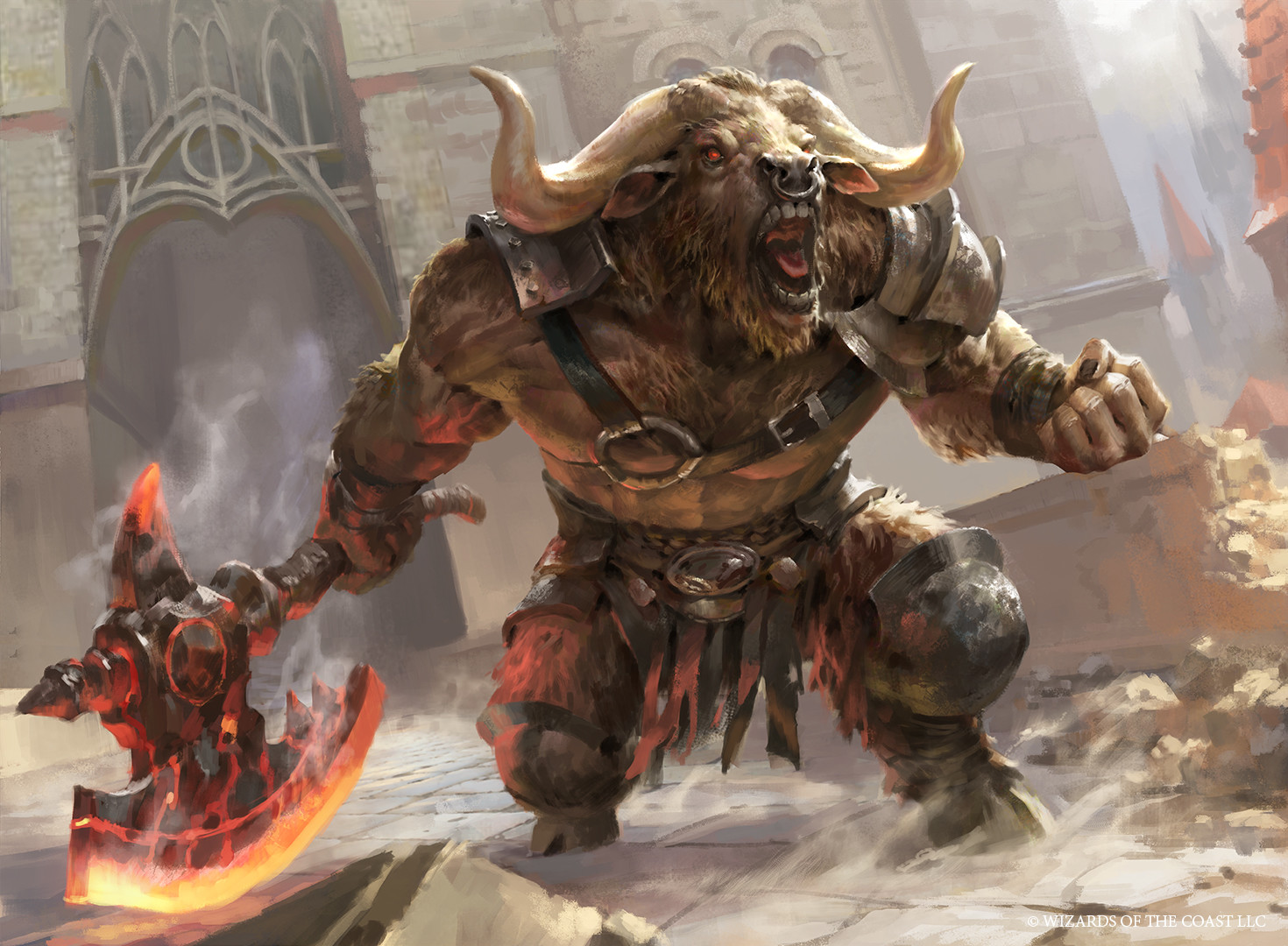
by Wisnu Tan
Ar Taur
What man commonly thinks of when hearing the term. The largest members of the Taur family, among them the Minotaur (3m), the Cytaur (5m) and the titanic Orntaur (7.5m). Aside from their size, they are distinguishable by their overlong horns and concentration of muscle mass in the upper-body region. Powerful and dangerous in combat, their weak eyes and concentration of mass put them as the slowest members of their kind.
What man commonly thinks of when hearing the term. The largest members of the Taur family, among them the Minotaur (3m), the Cytaur (5m) and the titanic Orntaur (7.5m). Aside from their size, they are distinguishable by their overlong horns and concentration of muscle mass in the upper-body region. Powerful and dangerous in combat, their weak eyes and concentration of mass put them as the slowest members of their kind.
Equin Taur
Fast and agile, the Equin Taurs roam the wide plains and steppes. All the members of this category possess a human-like upper body and an equine lower body. Body structure comparable to horses, donkeys, and mules has been observed. Their legs end in hooves usually, but there are cases of hoove-hand hybrids. The stereotype of the "handsome centaur" can be considered a myth, however, as their heads show strong animalistic features.
Fast and agile, the Equin Taurs roam the wide plains and steppes. All the members of this category possess a human-like upper body and an equine lower body. Body structure comparable to horses, donkeys, and mules has been observed. Their legs end in hooves usually, but there are cases of hoove-hand hybrids. The stereotype of the "handsome centaur" can be considered a myth, however, as their heads show strong animalistic features.
Agreg Taur
The only of the Taur Kinds that can match humans in raw numbers. Easily identifiable due to the prevalence of goat-like head and body structure. Similar to Ar Taurs, they move upright and vary in height from slightly smaller than the average human to slightly taller. They possess human-like hands with the notable distinction of claws made from horn that grow from the back of the appendages.
The only of the Taur Kinds that can match humans in raw numbers. Easily identifiable due to the prevalence of goat-like head and body structure. Similar to Ar Taurs, they move upright and vary in height from slightly smaller than the average human to slightly taller. They possess human-like hands with the notable distinction of claws made from horn that grow from the back of the appendages.
Not Man Not Beast
Intelligence is a trait seen in every Taur kind. Similar to that of humans it seems to be selective with some examples being less intelligent than others. It does seem to be more widespread among Agregs and Centaurs. Additionally, Taurs can fall or be born into a state known as feral. These creatures are more animalistic, prone instinctive reactions and are rarely able to speak fluently. How much of the Taur population falls into this category is unknown. Contrary to popular belief, they are not wild savages living as hunters and gatherers but form organized societies. Centaurs, by their very nature, need to migrate and operate similar to human khanates. They live in large tent cities when not on the move. Ar Taurs are very territorial and form smaller tribes. These usually reside in mountainous areas, where they carve massive cave complexes into the stone. Agregs, once again, most closely resemble human society. Some form tribes of hunters, others practice agriculture and reside in wooden cities. The more intelligent members can learn human languages and they possess their own language and script. Emphasis on one as aside from regional dialects there is only one Taur language. Over three thousand years of contact, this one language has not changed in the slightest. How such a variety of creatures has managed to create one common language and keep it static for the better part of three thousand years is one of the big questions regarding Taurkind. A question whose answer might lie in the realm of the divine.Duality of Nature
Like humans, taurs are divided among a variety of lines. Ethnic, religious, family-based, etc. However, the entirety of the species forms what is called the Tauragar. Essentially it is a community wherein the various Taur groups, tribes and nations are included. They will come to each other's aid in case outside forces attack and will march into war, against said forces, as one faction. This has largely been attributed to their faith. While there are a myriad of different spirit cults, which are repeatedly in conflict with one another, they are all subservient to the Duality.Ill Hish'Anar
The female deity. Winter and Autumn are her domains. Hish represents the calm aspects of nature and is often called upon to drive off disease or aid in the healing of a wound. When Taurs channel her essence, they do so to calm their minds, to recharge, to deal with critical issues and solve conflicts peacefully. She is the guardian of peace and any treaty sworn upon her name is considered sacred.
The female deity. Winter and Autumn are her domains. Hish represents the calm aspects of nature and is often called upon to drive off disease or aid in the healing of a wound. When Taurs channel her essence, they do so to calm their minds, to recharge, to deal with critical issues and solve conflicts peacefully. She is the guardian of peace and any treaty sworn upon her name is considered sacred.
In Hagar'In
The male deity. Spring and summer are his domains. Hagar represents the wild and untamable side of nature. Storms, earthquakes, and war are what sates the mighty Hagar. To give one courage, to strengthen oneself in battle, to crush your enemy, that is why one calls upon Hagar. Any war declared in his name is considered holy and those taking part will fight savagely to the bitter end.
The male deity. Spring and summer are his domains. Hagar represents the wild and untamable side of nature. Storms, earthquakes, and war are what sates the mighty Hagar. To give one courage, to strengthen oneself in battle, to crush your enemy, that is why one calls upon Hagar. Any war declared in his name is considered holy and those taking part will fight savagely to the bitter end.
The Dominion War
There can be no doubt that humans and taurs are similar. Very similar in many aspects. It is this similarity more than the differences between our species that are the cause for the almost three millennia of conflict between us. Resources, land, religion, territorial ambitions...both species have used every possible reason to go to war. Now, in modern times, the Taurs have been pushed into the far north of the world. Beyond the lands of Adriat, into the endless tundra. The reasons are manifold. Humans generally fight in a more organized manner, care less about their environment when acquiring resources and can use magic en masse. Taurs are able to manipulate Mana and are therefore able to cast spells, but unlike humans, they are limited in their arsenal. The elements of Beast, Wind and Earth have been observed and even then Beast is the dominant element. This makes them weak against fire, the element most commonly found among human mages. Additionally, their magic potential seems lower than humans and their casters (called shamans by some) seem to take longer to master the art of spellcasting. A Taurs herd sense has been shown to be both a strength and a weakness. The presence of large numbers and large members of the species will fuel the Taurs with great vigor and will. Should their morale waver, however, this sense can easily evaporate and be replaced with fear. Mass riots or stampedes are the result and once broken a herd will take months to gather again. All of these factors have enabled man to triumph in the war for the earth, for now at least. Taurs have been virtually extinct in the south for over two millennia and the vast majority believes them to be mere myths.Never underestimate a Taur. Many might be smaller than your average human but they are pure muscle. Some are as smart or even smarter than we are. Tricky bastards with armor and weapons as part of their body. And if they are able to use Magic...yeah things can get very ugly, very fast.
Scientific Name
Taurigen
Lifespan
25 - 150 years
Average Height
1.4 - 7.5 meters
Average Weight
95 - 5.000 kg
Before we begin our session in earnest I will answer one question that will inevitably come up otherwise. No, there are no Taurs with feline characteristics. Even if, they would not look like those pictures I have seen floating around. Taurs may look partially human, but certainly not attractive in any way.Rarer Kinds The three types of Taur named in the main text are not the only members of the species. Even these categories are merely broad terms, based upon the most numerous example of each. Other animal types such as canines, bears and even rabbits have been observed. The only real exceptions seem to be avians, pigs and felines. On a side note, the story that Taurs are herbivorous is a myth. Like humans they are omnivorous, hunting and farming fish, pig and bird. They do shy away from common animals like cows, goats, and sheep, however. Why exactly that is, is unknown. Living Artillery Largest of Taurkind, the Or Taur are behemoths of strength. As such, they are incredibly powerful assets on the battlefield, able to hurl boulders for several kilometers. Doing so, however, requires the assistance of an Agreg. Or Taurs have very poor eyesight and need a hawk-eyed scout to guide them. The Agreg will point out the direction and distance and correct the Or if necessary. Over the cause of longer campaigns, they form something akin to a strong friendship and the death of an Agreg has repeatedly caused the normally peaceful giants to break into a manic rage. A calm Or can be a powerful weapon. A vengeful one is a force of nature.
Remove these ads. Join the Worldbuilders Guild

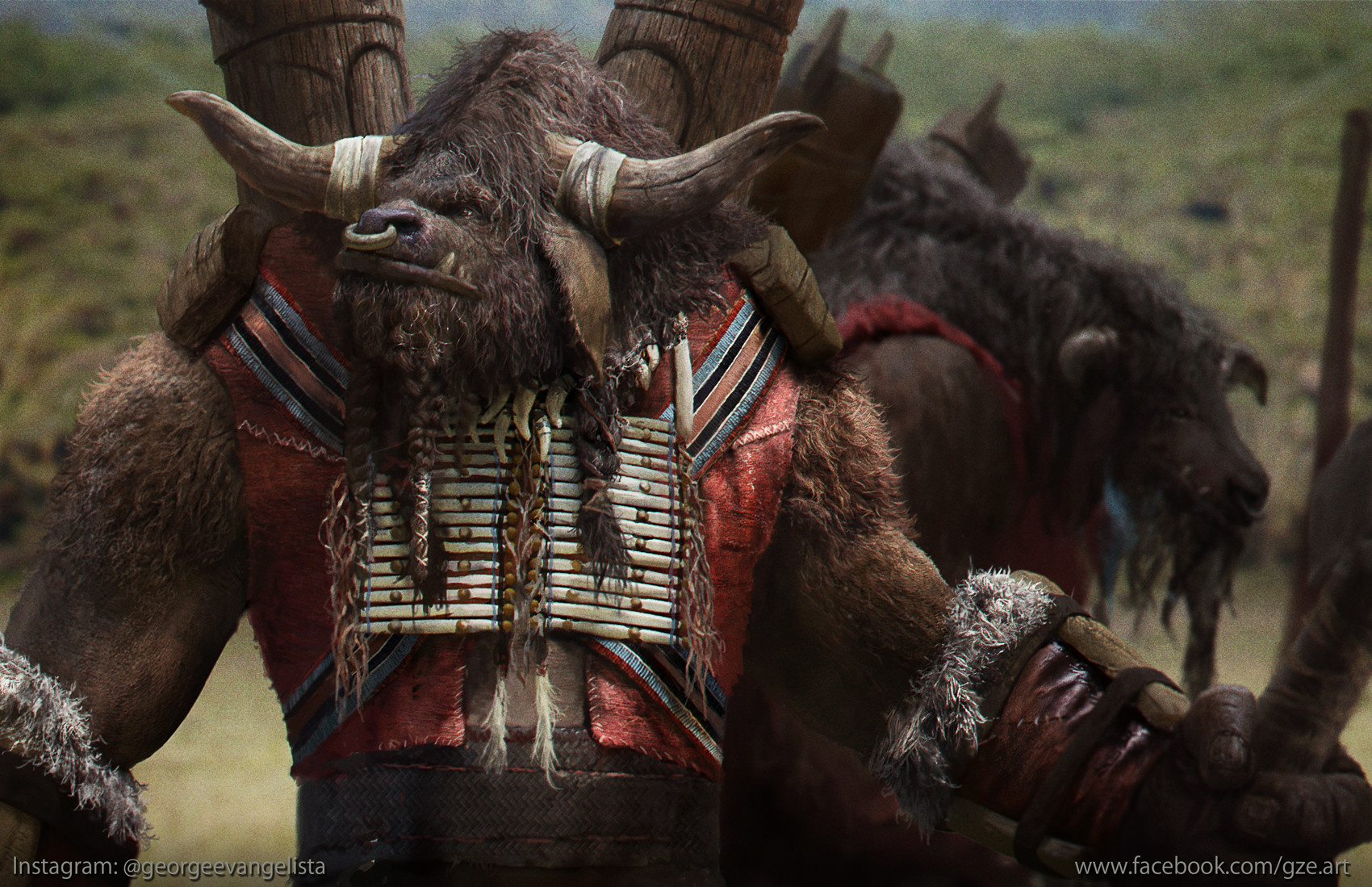
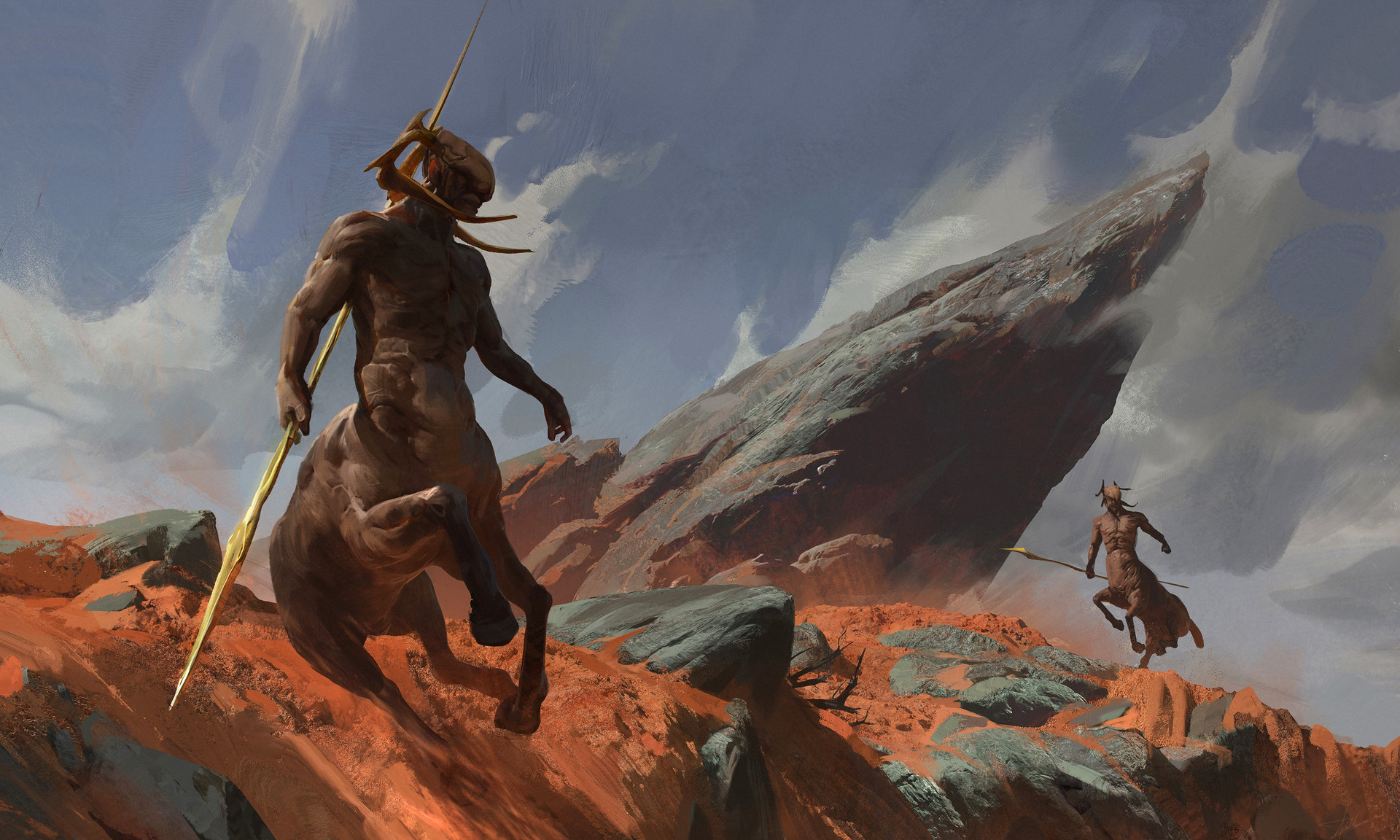
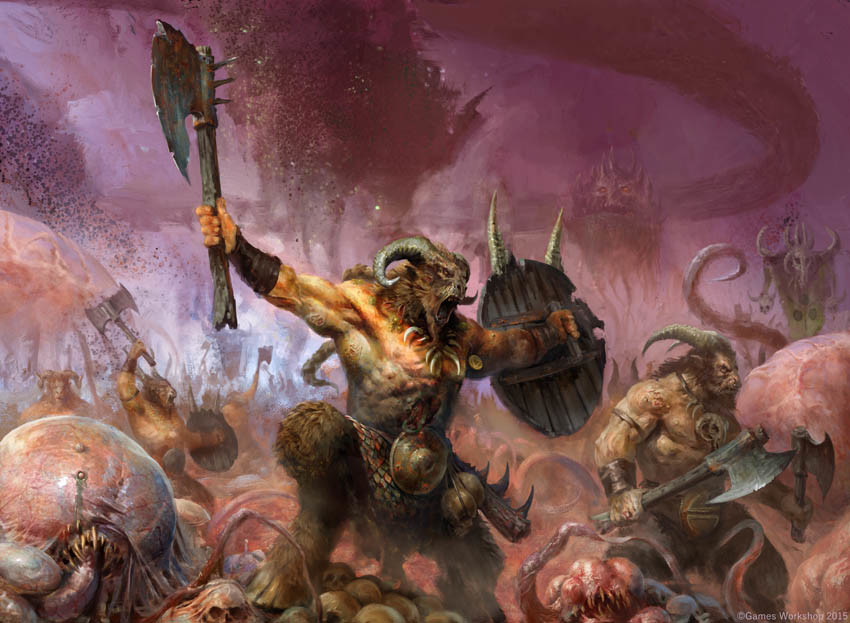
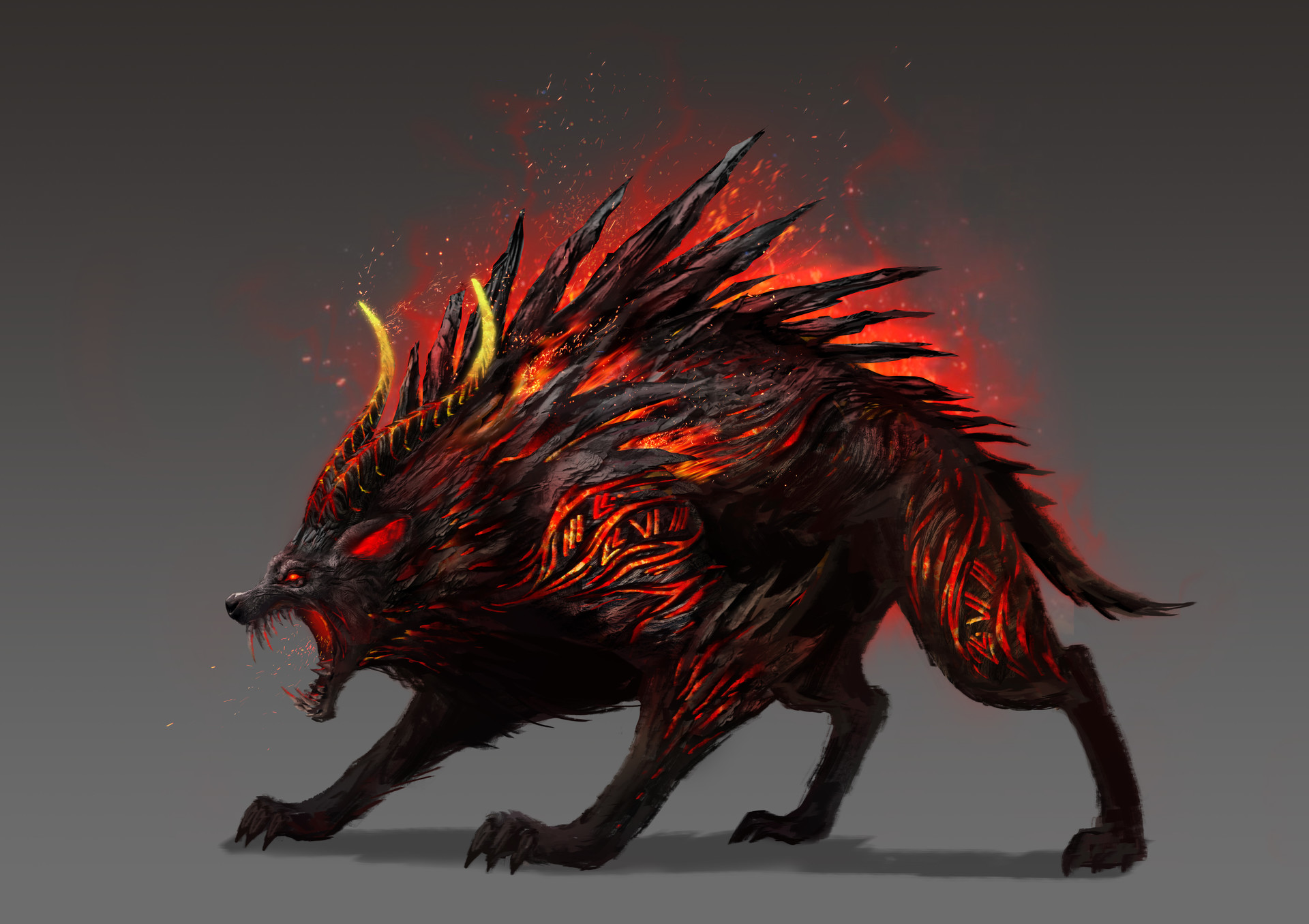
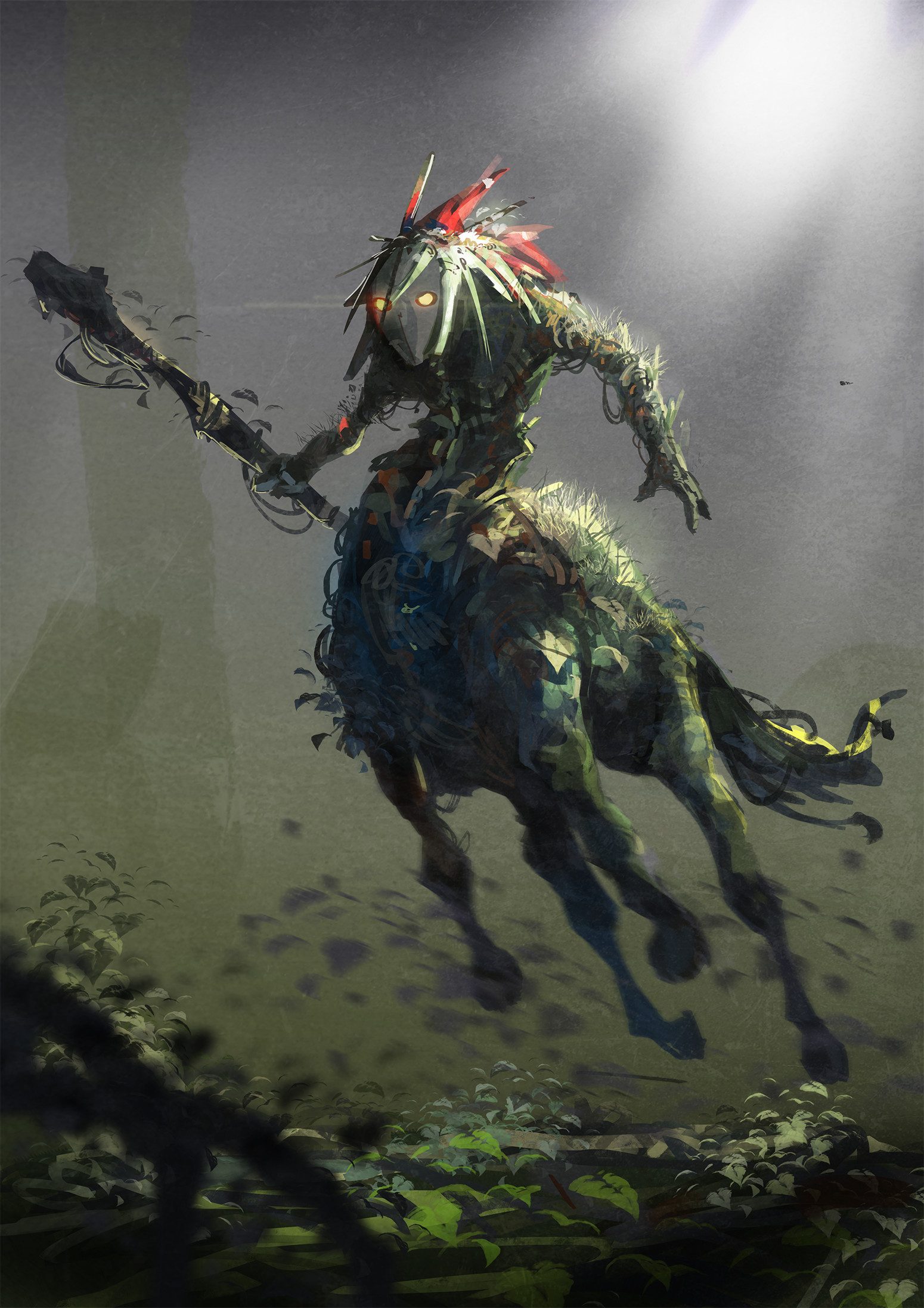

Comments